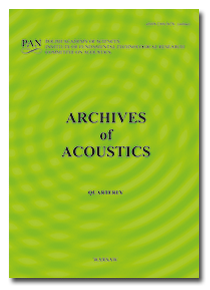Ceredrovascular impedance measurements with US Doppler technique
Statistically significant results confirming the well-known theoretical relationship between increased encephalic impedance and flow velocity Doppler signals were obtained in model 3. The results demonstrated that a sudden increase in the encephalic impedance can affect both systolic and diastolic flow velocities in afferent vessels.
Later (from 60 minutes to 10 hours), systolic values tend to increase and at 10 hours are always higher than starting values. The diastolic values, however, remain inferior to the starting values, although showing a slight tendency to rise.
The Authors conclude that significative alterations of cerebrovascular impedance can be obtained by clamping both JV. However, these alterations can be recorded on the CCA only if the ipsilateral ECA is occluded, thus eliminating the risk of run-off across it, or if recordings are taken from the internal carotid artery.
References
M. G. BEASILEY, J. N. BLAU, R. G. GOSLING, Changes in internal carotid artery flow velocity with cerebral vasodilalion and constriction, Stroke, 10, 3, 331-335 (1979).
A. BESS, A, GUELL, L. BRAAK, M. FARAH, M. BARRERE, Influence de l|age sur quelques parametres du signal Doppler au niveaw du systeme carolidien, Rev. EEG. Neurophygiol., 10, 2, 190-196 (1980).
J. CUYPERS, F. MATAKAS, S. J. POTOLICCHIO, Effeet of central venous pressure on brain tissue pressure and brain volume, J. Neurosurg., 45, 89-94 (1976).
C. FRANCESCHI, Investigalion vasculaire par ultrasonographie Doppler, Masson, Paris 1977, 28-32.





